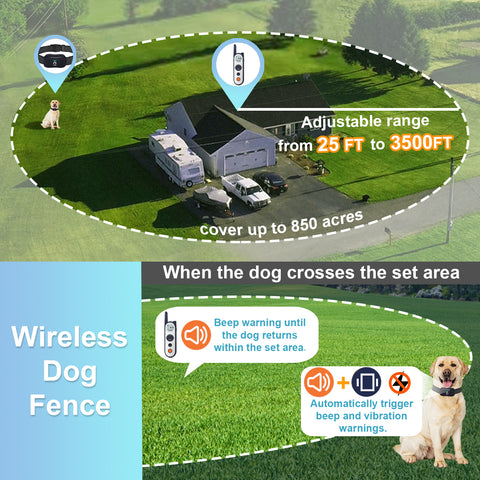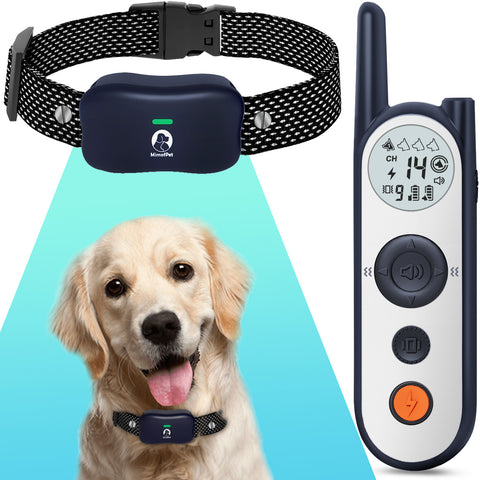History of wireless electronic dog fences
The concept of electronic dog fences dates back to the 1970s when traditional underground wired systems were first developed. These systems used underground wires to create a boundary for the dog, providing an electric shock through a collar if the dog crossed the boundary.
Wireless electronic dog fences, which use radio signals to define the boundary and correspondingly trigger the dog's collar, emerged in the 1990s. The wireless design eliminated the need for installing physical wires in the ground, providing a more convenient and flexible solution for dog owners.
Since then, advancements in technology have led to improvements in the range, reliability, and customization of wireless electronic dog fences, making them an increasingly popular choice for pet owners. These systems are designed to provide a safe and effective means of containing pets within a specified area, offering them the freedom to roam while keeping them within a secure boundary.

Wireless electronic dog fences offer several advantages, including:
-
Easy Installation: Unlike traditional wired systems, wireless electronic dog fences are easy to install and set up. There's no need to bury wires, which saves time and effort.
-
Portability: Wireless systems are ideal for pet owners who move frequently or want to contain their pets in different areas. They can be easily relocated, making them a versatile option for homeowners and travelers.
-
Maximum Coverage: These systems can cover a larger area, providing more space for pets to roam within the designated boundaries.
-
Customizable Boundaries: Wireless dog fences allow pet owners to create custom boundaries that suit their specific needs and property layouts.
-
Cost-Effective: Wireless systems often offer a more affordable solution compared to traditional fencing, especially for larger properties.
-
Visual Appeal: Unlike physical fences, electronic dog fences do not alter the visual aesthetics of the property, making them a discreet option for containing pets.
-
Safety: When properly installed and used according to manufacturer guidelines, wireless electronic dog fences provide a safe way to contain pets within a designated area while allowing them the freedom to move and play.
-
Training Support: Many wireless fences come with training support to help pets understand their boundaries, promoting safe and effective containment

It's important to note that while wireless electronic dog fences offer numerous advantages, they may not be suitable for every pet or property. It's essential to consider the specific needs of your pet and seek advice from a professional before deciding on the best containment option.




